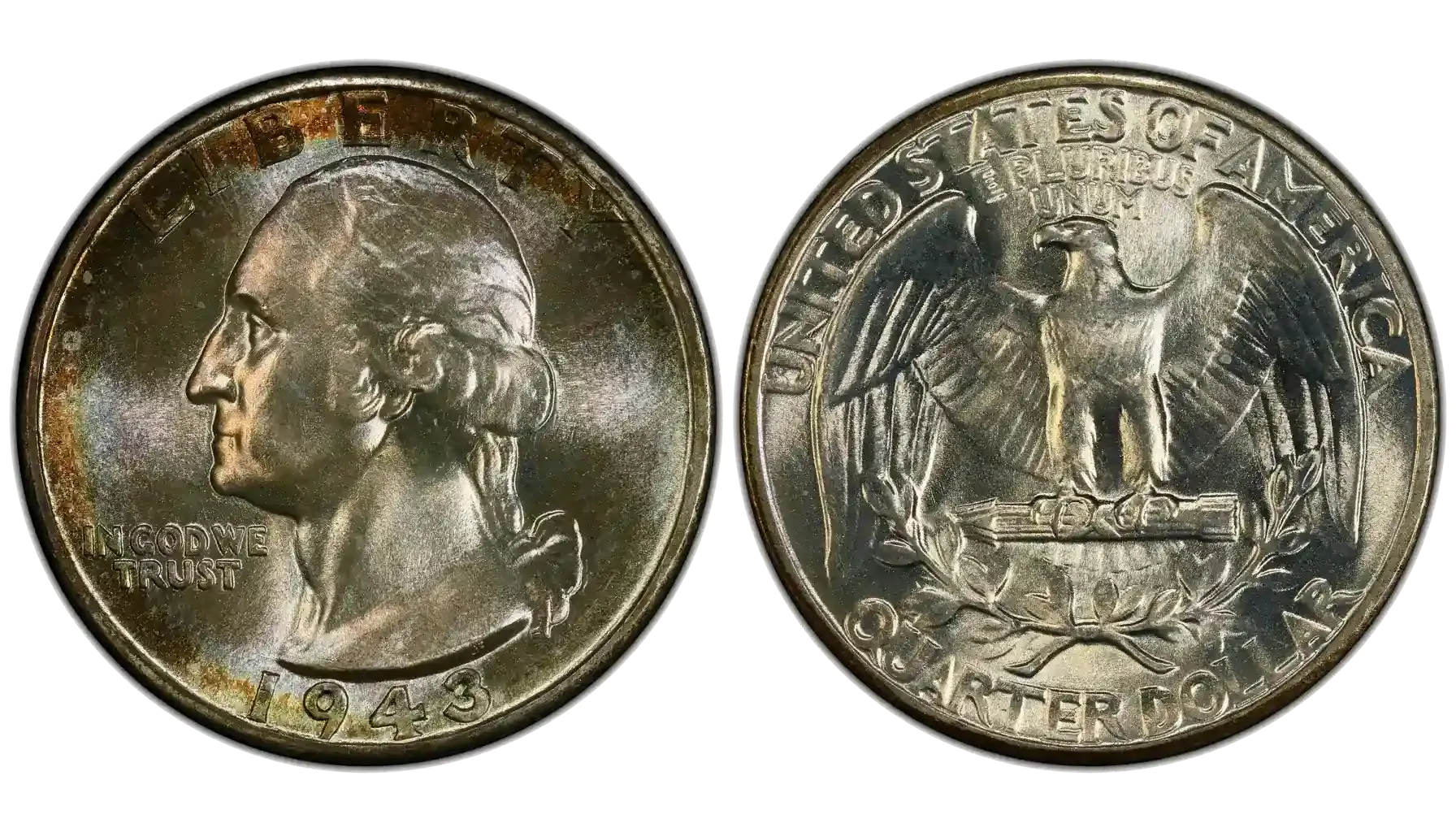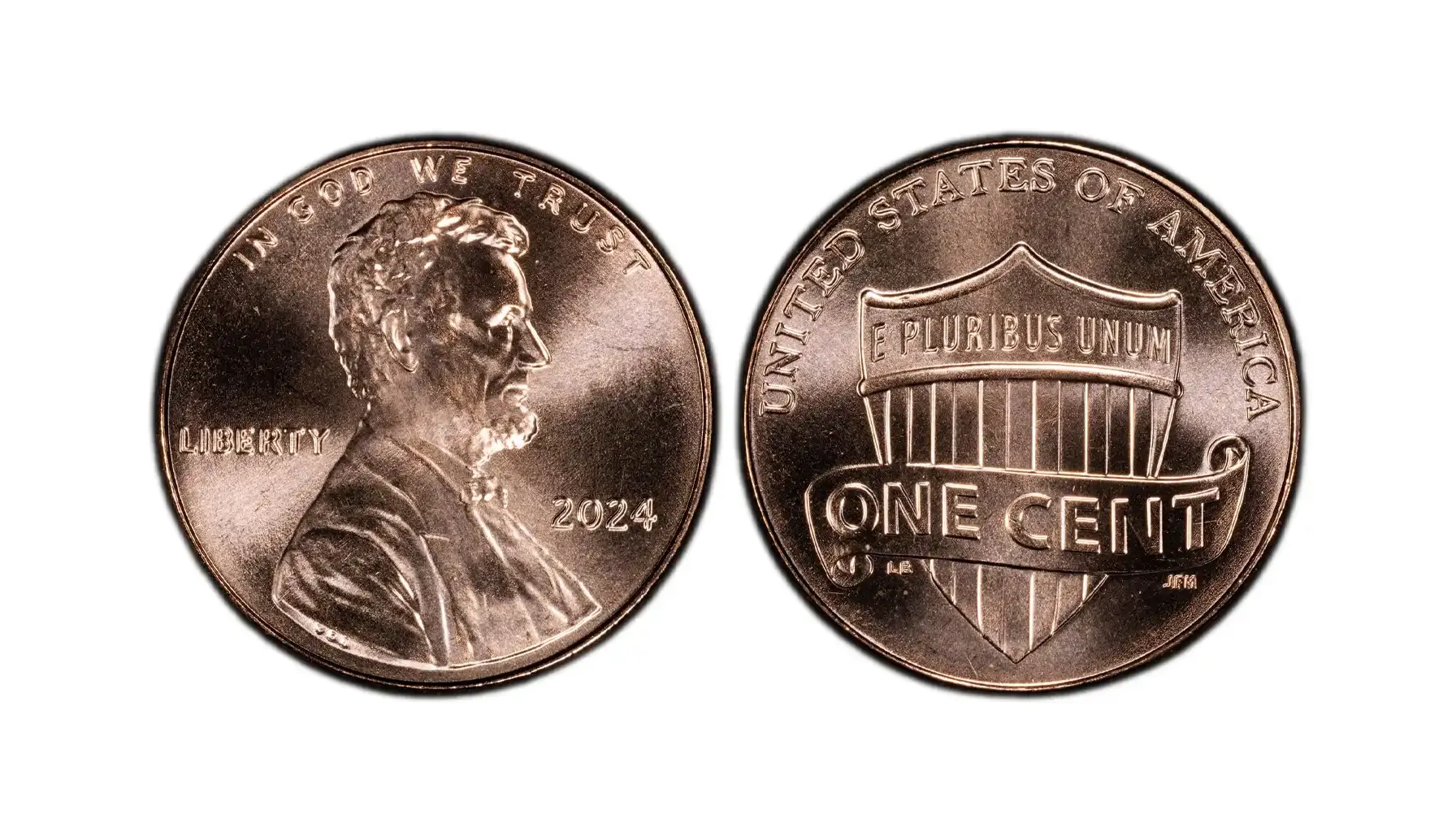Contents:
In the world of numismatics, you can witness interesting stories about unique coins and the mysteries hidden behind them. But as legendary as the 1937 three legged buffalo nickel is, not every coin qualifies. When a coin leaves the mint and enters circulation, it is expected to be new, shiny, and almost perfect. However, the coin became an exception and gained its status due to its specific feature (or even flaw, if you prefer).
The 1937 3 legged Buffalo nickel is one of the coins where an accidental minting error has created a legend among collectors. How did it happen that the buffalo “lost” one of its legs? And why did this mistake turn an ordinary coin into an iconic piece?

Characteristics and Other Details
Details
So, let's start with the basics and take a look at the main features of the instance that exhibits this notable mistake.
Year of issue: 1937 (long before the 1971 Eisenhower Dollar was released)
Mint: Denver (mark “D”)
Metal: 75% copper, 25% nickel
Diameter: 21.2 mm
Weight: 5 grams
Special Feature: Absence of the buffalo's front right leg on the reverse
The 1937 nickel 3 legged buffalo was minted only at the Denver mint, which is why it bears “D”, i.e., a mint mark that shows the identity of the coin. Other mints located in Philadelphia and San Francisco did not issue the coin at all.
Design
The obverse, designed by sculptor James Fraser, showcases the profile of an American Indian, inspired by renowned Native American chiefs. This design was not chosen by chance but was an attempt to pay tribute to the once-oppressed Native American culture. The profile of the Indian is surrounded by the inscription “LIBERTY” and the year of issue.
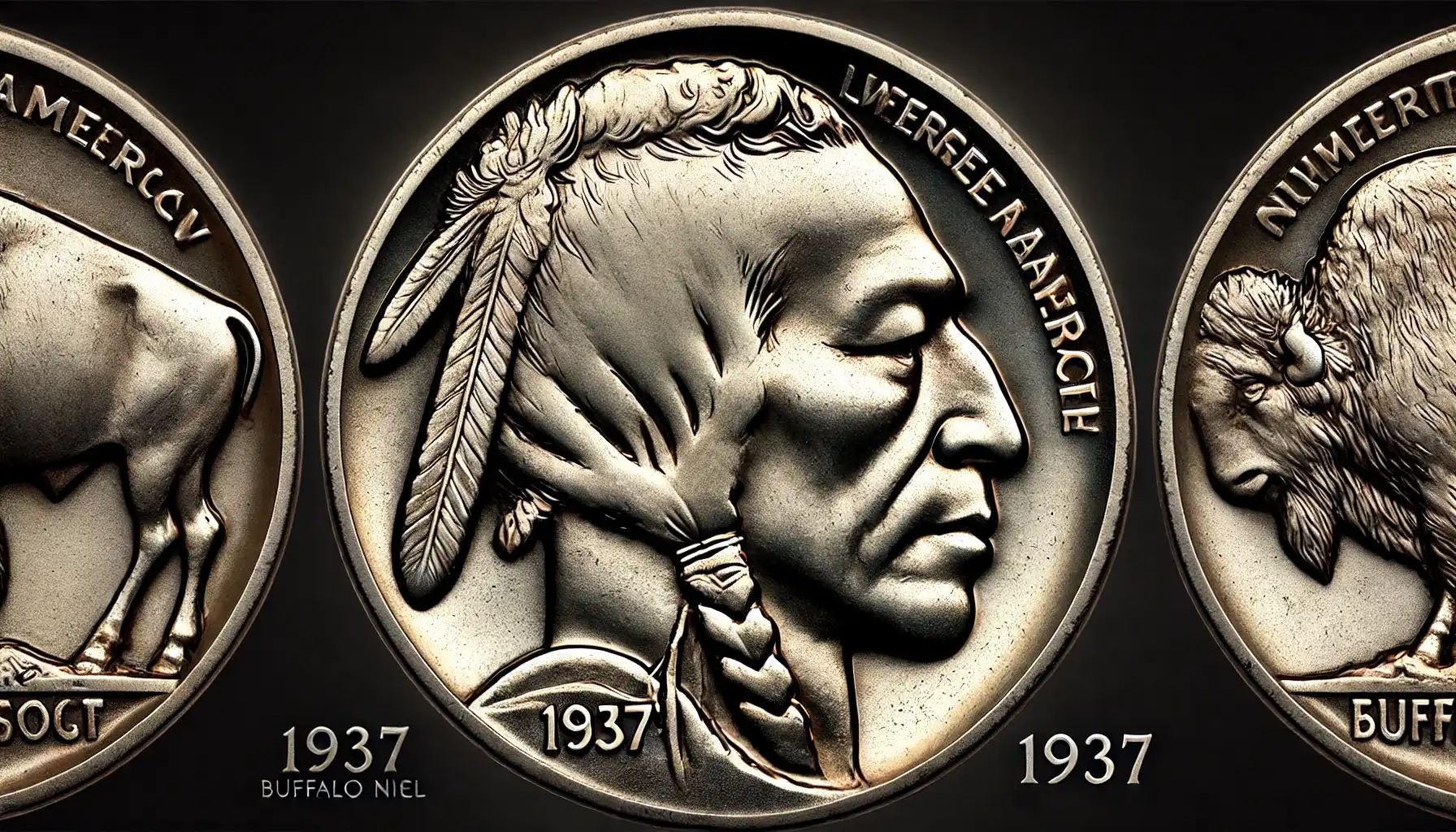
The reverse of the buffalo nickel 1937 D is decorated, as is clear from the name, with the figure of a buffalo. The prototype was a real animal – a bison named Black Diamond, which lived in the New York Zoo. The bison embodied the spirit of freedom and the power of nature, representing the American landscapes of the time. The upper part of the reverse contains the inscription “UNITED STATES OF AMERICA”, and the lower part shows the denomination “FIVE CENTS”.
Minting Error: The Secret of the “Lost” Leg
The 1937 D Buffalo nickel became famous due to its unique minting error. In 1937, the mint experienced a failure of the dies while producing coins. Over time, equipment wears out and needs to be repaired. In order to correct existing defects in the die, it had to be polished to restore the clarity of the image and improve the stamp's durability.
The Buffalo nickel three legs error occurred due to the over-polishing of the die used at the Denver Mint. Workers who noticed heavy wear on the die and consequent damage in the buffalo leg area decided that they should polish it to avoid further problems. However, during the polishing process, the workers overdid it and polished the worn part of the die too much, resulting in the disappearance of the right leg of the animal on the final prints.
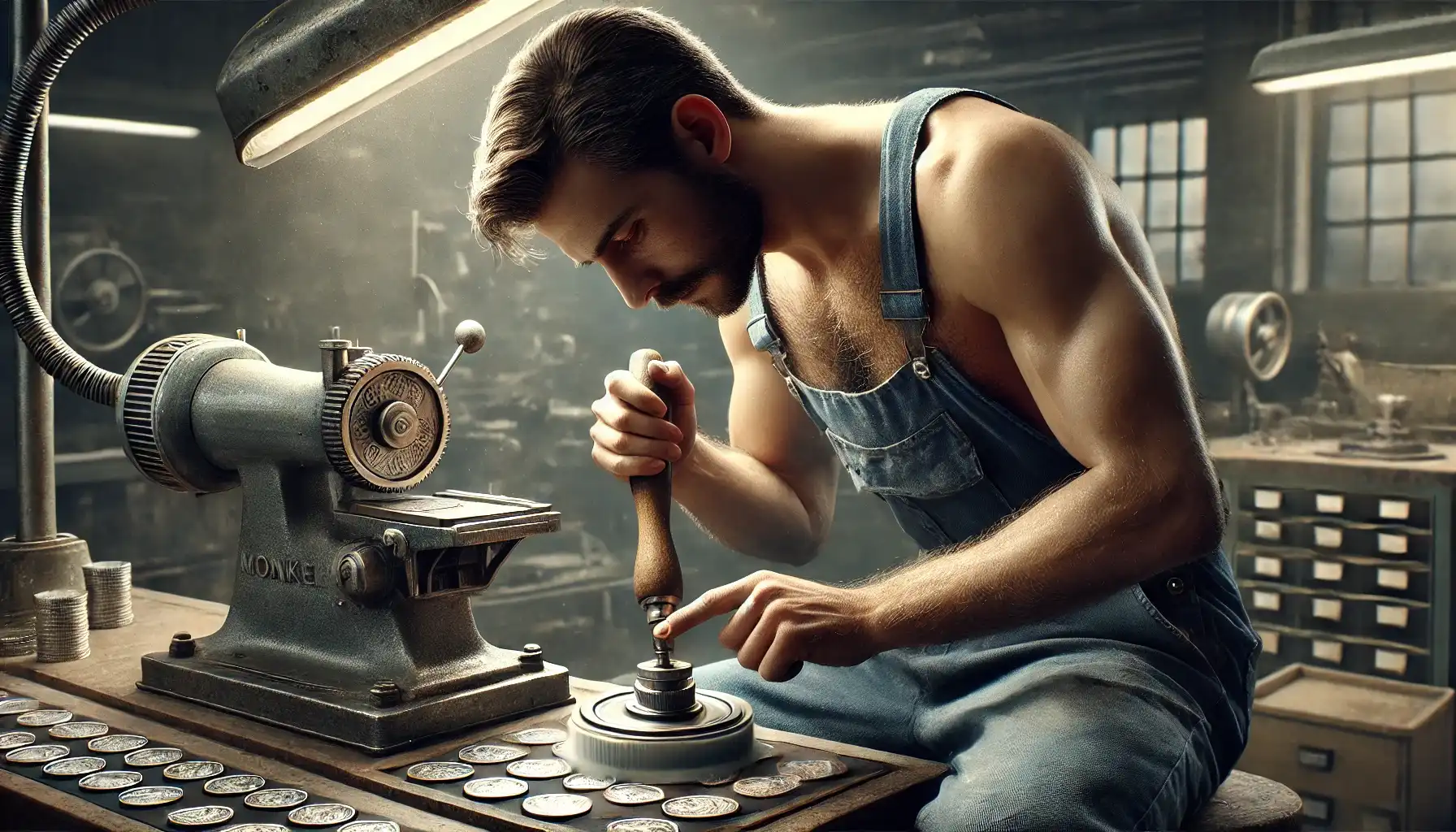
Instead of creating a new die, the Mint continued to use the already repaired one. The result was a series of 3 legged buffalo coins.
This defect was not immediately noticed and eliminated (the first mentions of the error on this coin appeared in 1940), and some of the coins went into circulation. However, collectors later discovered this defect, which unexpectedly increased the value of this instance and skyrocketed its popularity.
Related article: Eisenhower 1976 Bicentennial Dollars.
Price and Value
The 1937 D three legged Buffalo nickel is interesting not only from a historical perspective but also from the investment side. Its rarity makes it an attractive long-term investment that can maintain and even increase in value over time.
How much is a 3 legged Buffalo nickel worth? There are several factors to keep in mind:
The value of a coin depends on its condition. In ideal circumstances, the 1937 D buffalo nickel value can reach thousands of dollars. In 2018, one such coin was sold for a record amount of over $40,000!
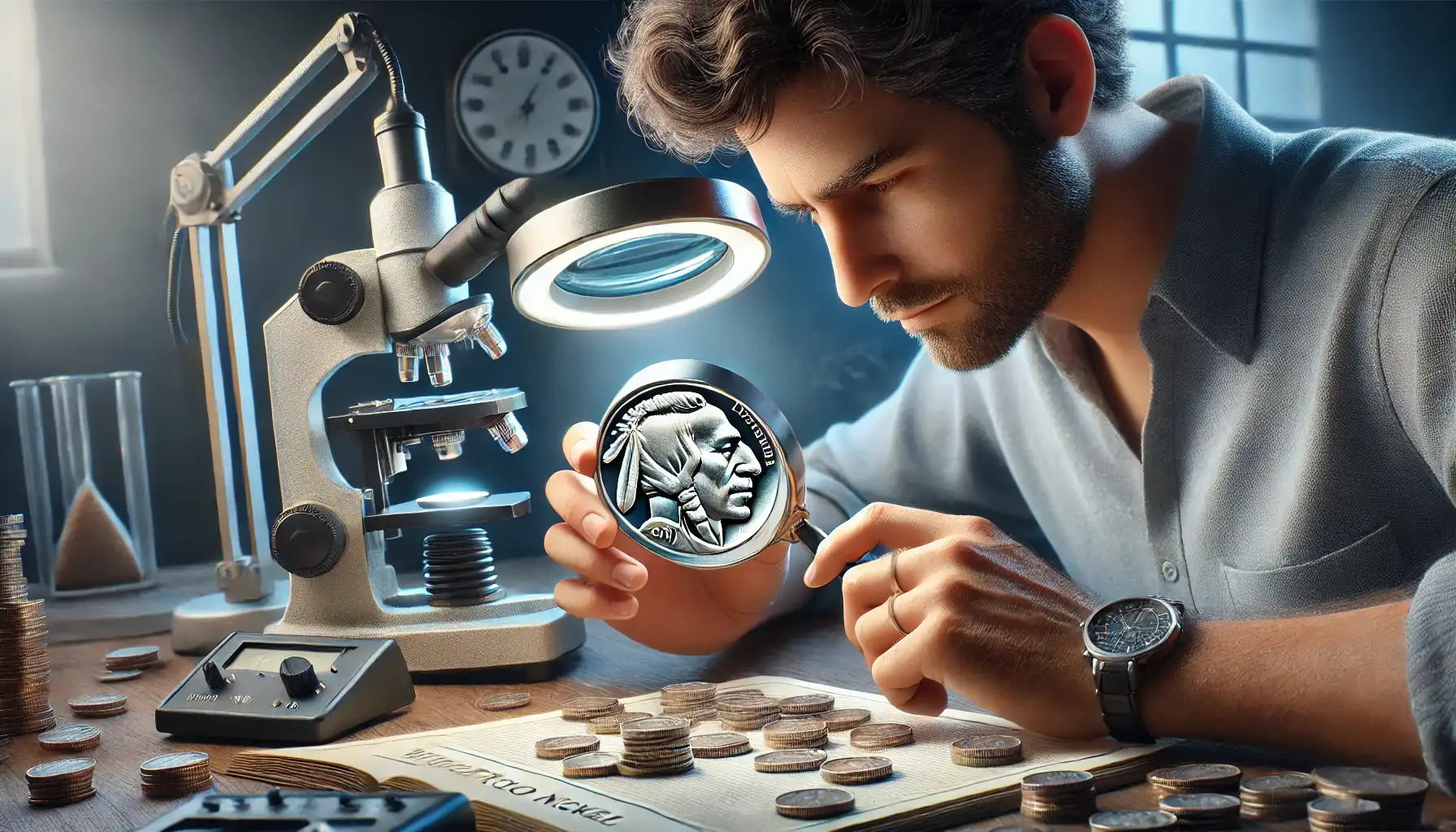
The rarity of the coin is also vital. Opinions on the number of surviving specimens vary, but it is believed that there are only about 100-150 pieces left. This makes the coin one of the rarest and most desirable among collectors. However, most of these coins are already settled in private collections, so finding such an instance is not an easy task.
How to Recognize an Authentic Three-Legged Nickel?
If you manage to find your treasure and intend to purchase it, follow some simple steps to avoid spending a fortune on a fake. Now, the points you need to know to make sure that the three-legged nickel is authentic:
Check the mint mark. This coin should have a “D” (Denver) mint mark on the obverse, next to the date “1937”.
Locate the missing leg. Carefully examine the reverse of the coin: the front right leg of the buffalo should be completely missing, and in its place, there may be only a faint trace.
Use professional grading tools. Avid collectors, amateurs, and even professionals can use coin collecting applications such as Coin ID Scanner to make sure their collections are authentic. This app allows users to identify coins, verify their authenticity, and determine their value right away (which is especially important for those who are going to invest in rare pieces).
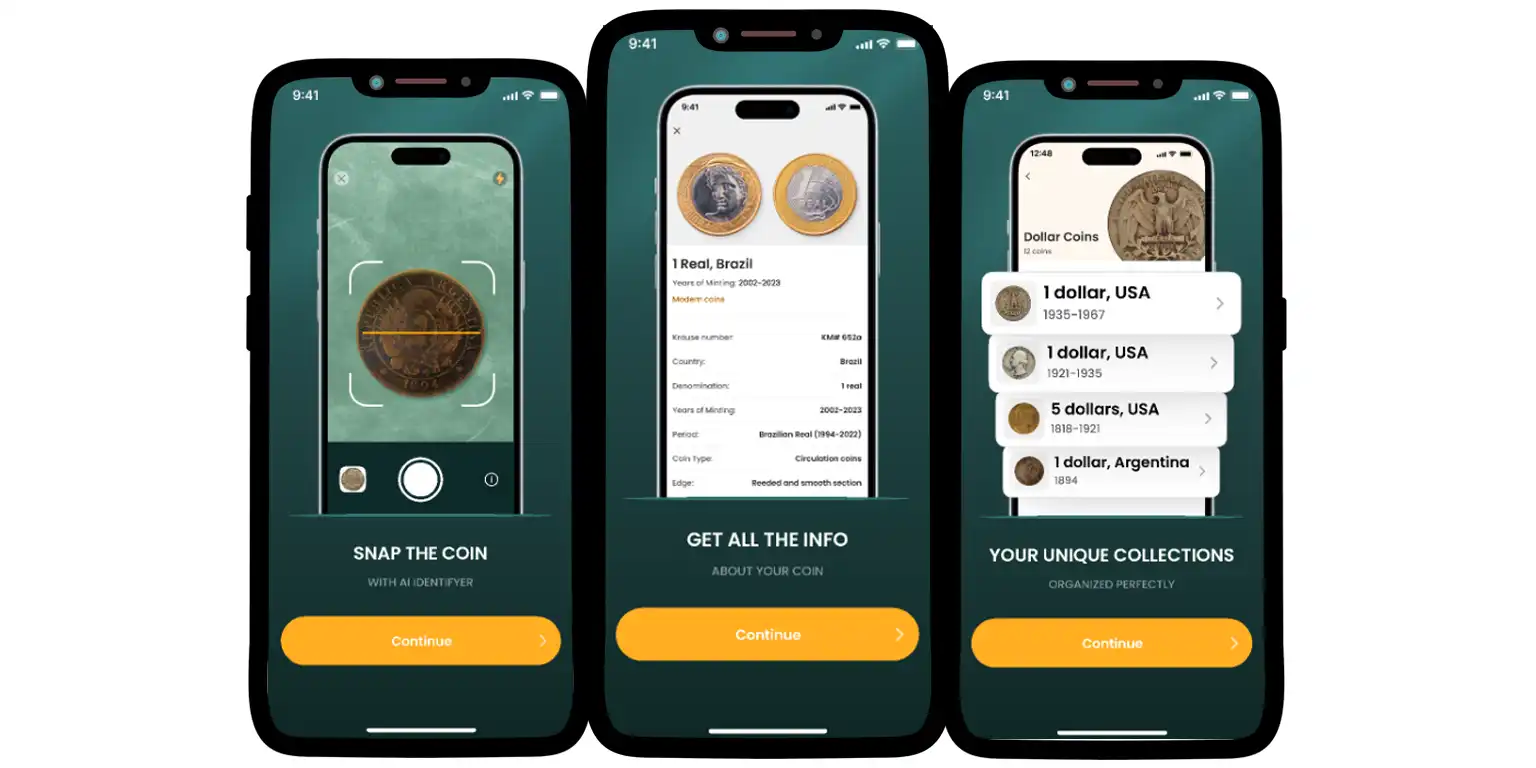
The three-legged bison nickel is a symbol of one small accident that can turn into a legend living on for decades. For each of us, it's a cautionary tale and a reminder that “twists” are sometimes valued far more than perfection. So, the next time you're sorting through old coins, take a close look at them. Maybe among them, you'll find that rare special coin you've been striving to get hold of.

